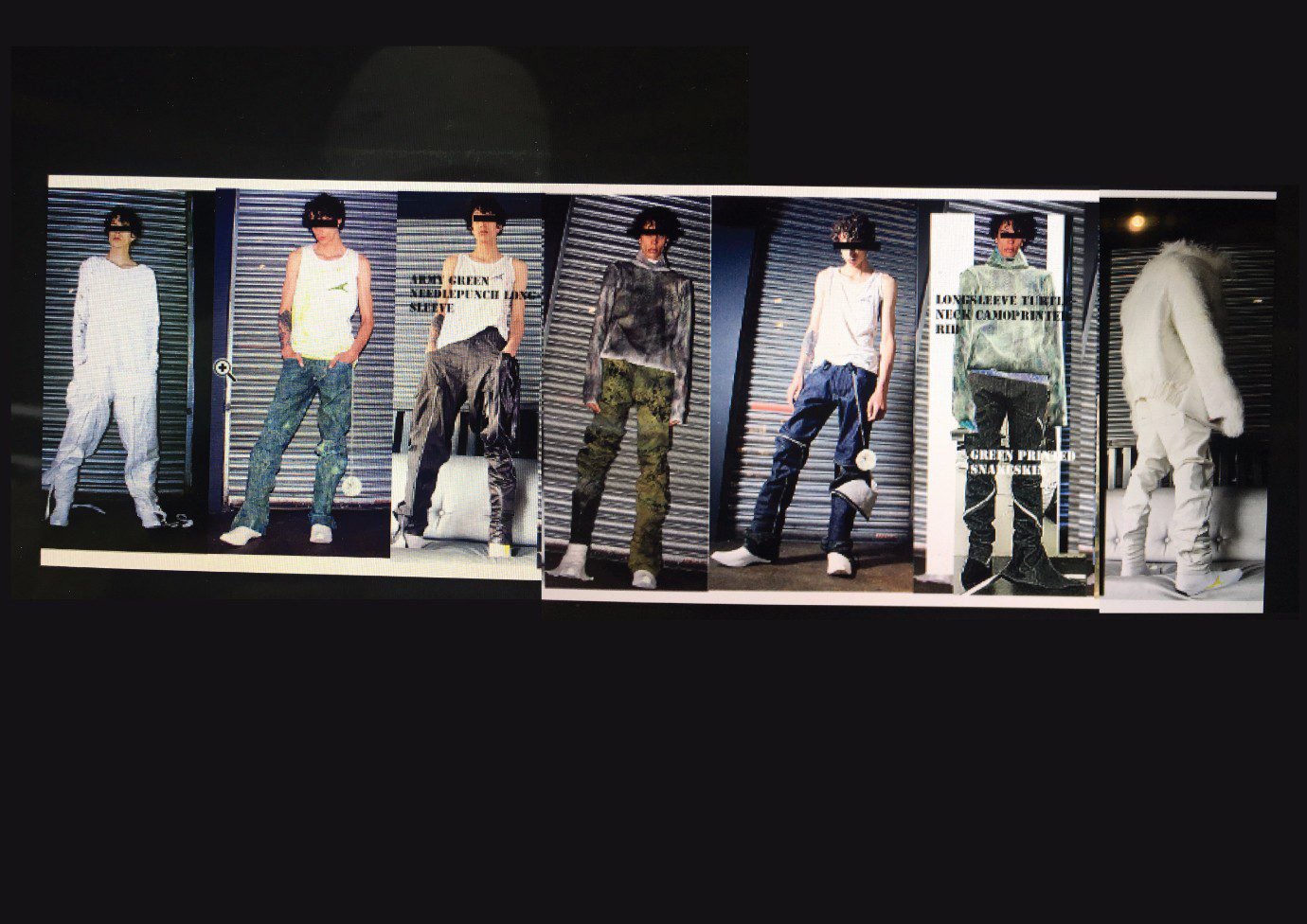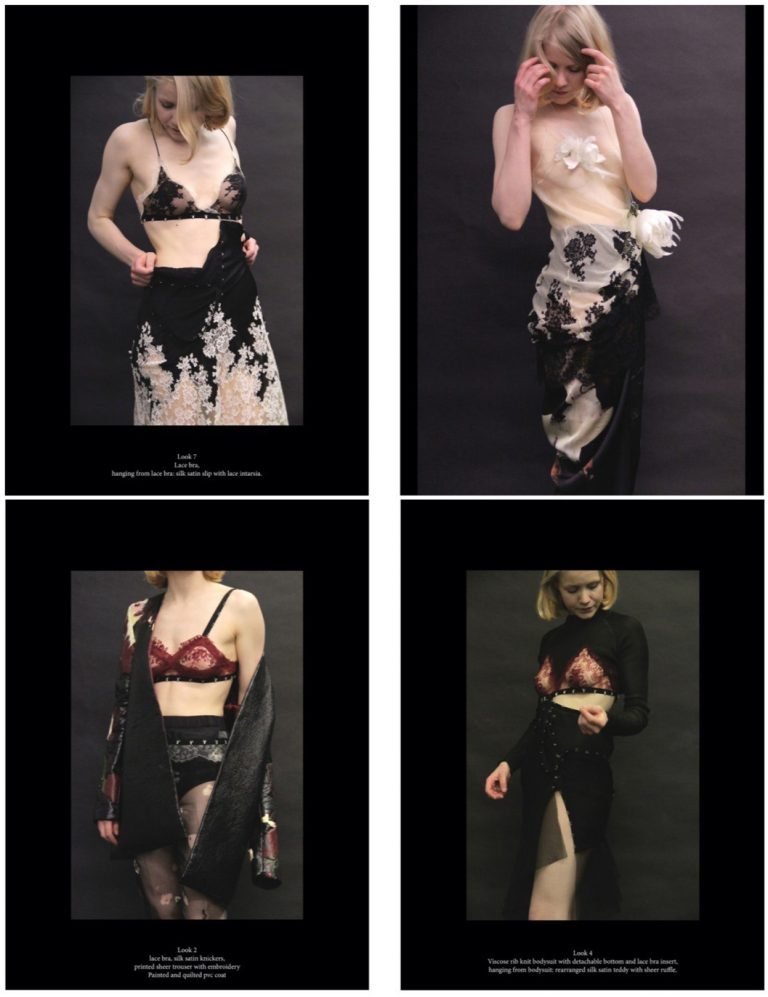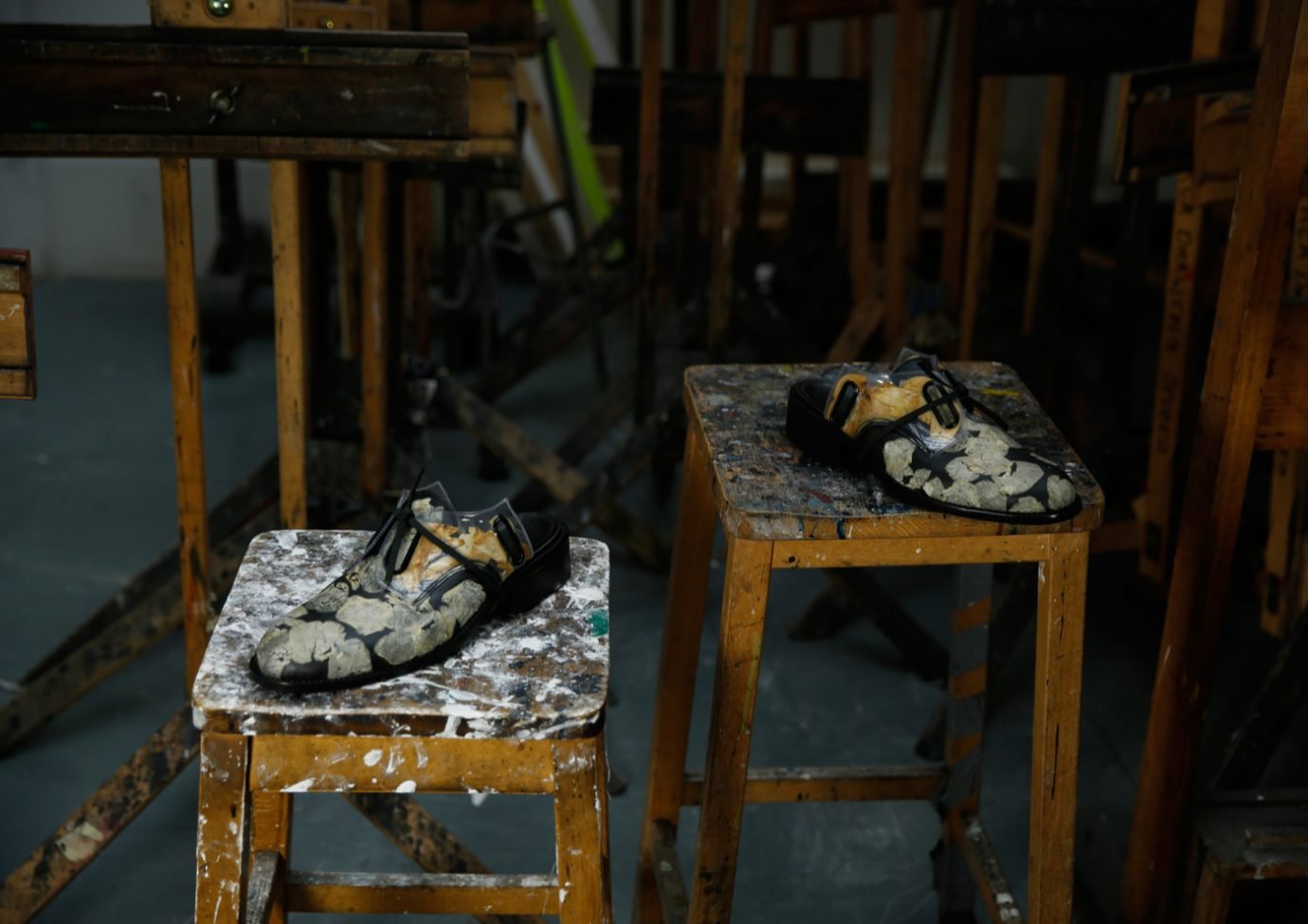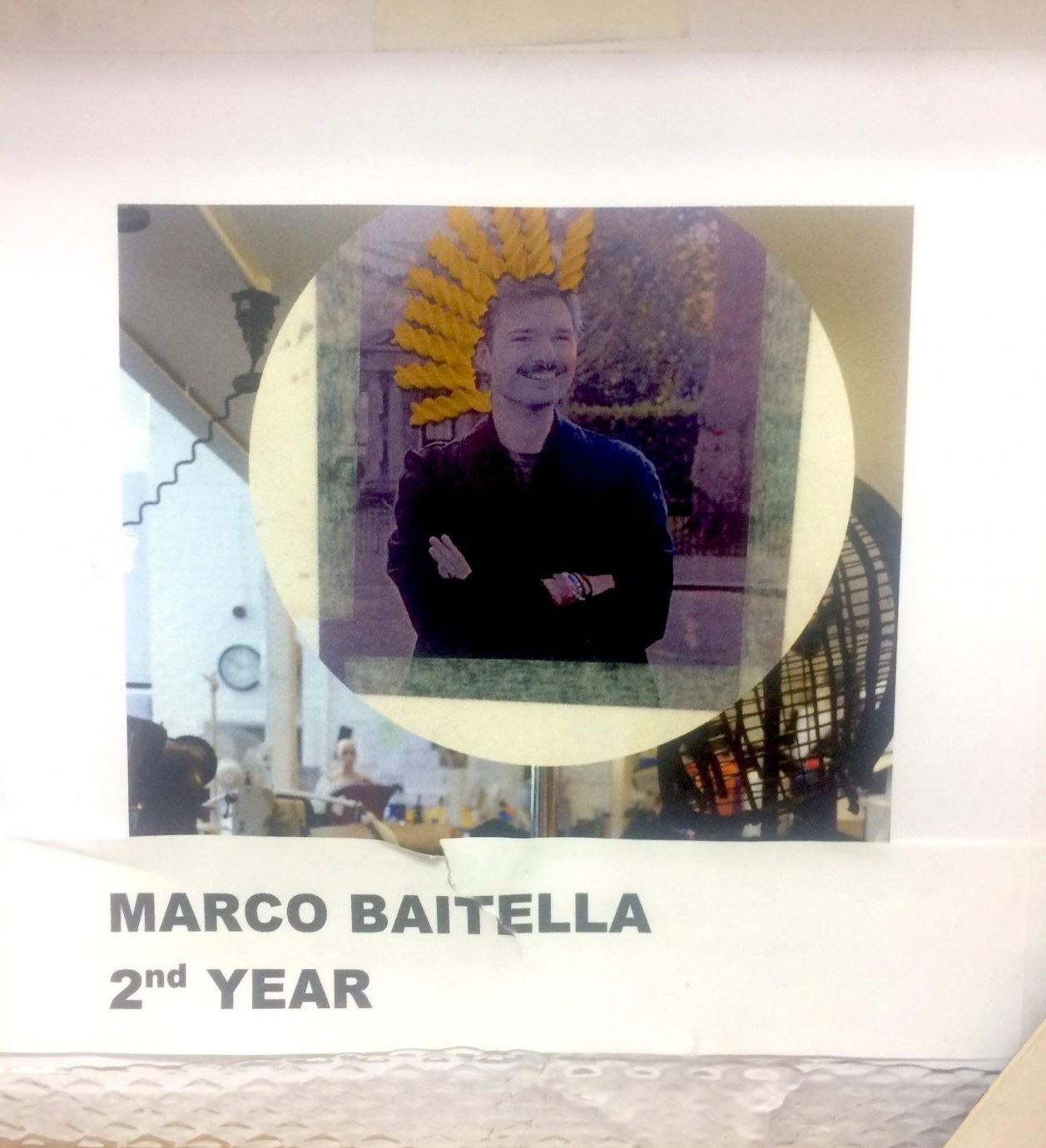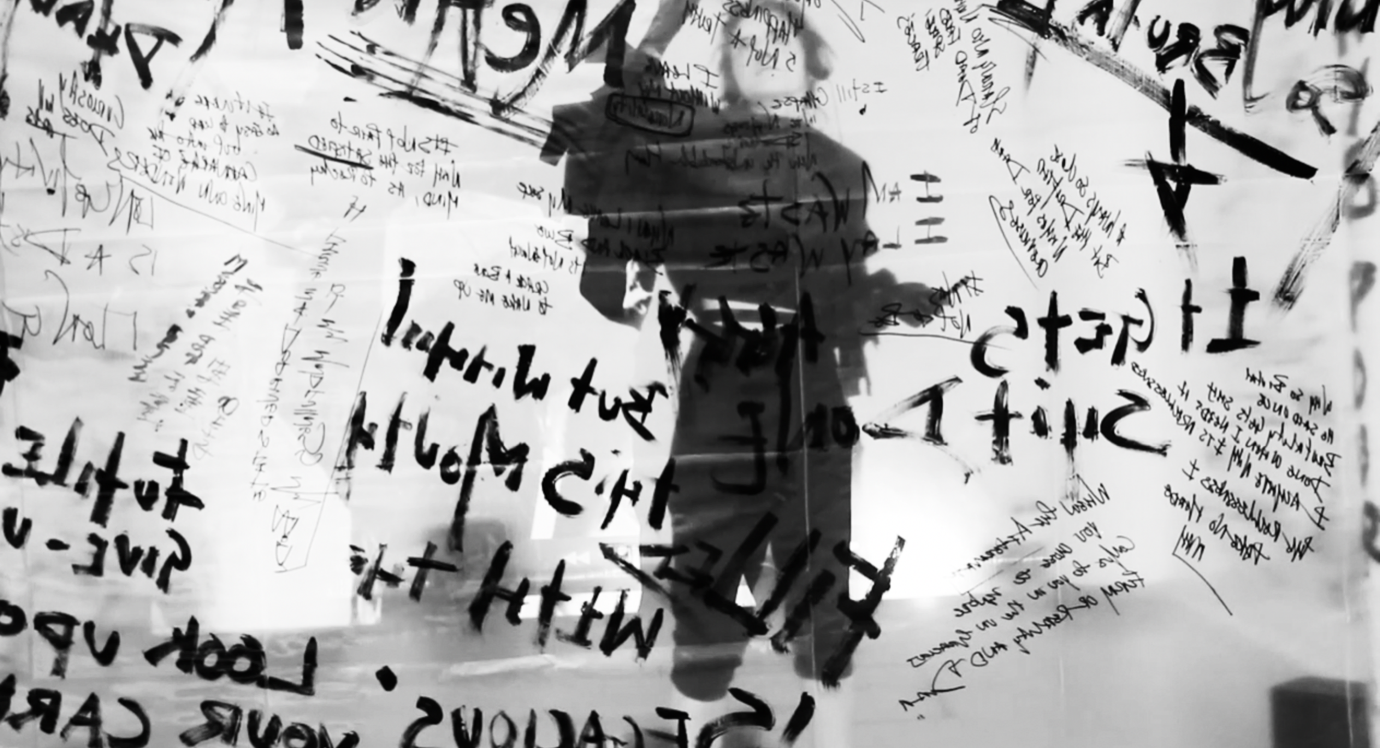Growing up in Frankfurt am Main, Germany’s capital of commerce, the young designer had always been fascinated by how clothes can support and protect the body. While this might readily bring typical functional wear to mind, Bianca thinks otherwise. During her BA at Pforzheim University, functionality indeed played a major role. It wasn’t until she started her MA in Womenswear at RCA, however, that she began to redefine what the concept meant to her. “To me, one function of a garment can also be that it makes you feel a certain way, that it makes you feel safe. It’s not necessarily a life vest that would actually save your life, but rather something that makes you feel good.”
Bianca’s graduate collection is an elegant composition of interplaying soft forms and textures, which promise skin-contact comfort at first sight; a sense of shelter emanates from each piece. And this is, in fact, the only purpose the clothes aim to fulfil. These designs don’t communicate their message aloud, screaming out for attention; instead, they embrace you, offering a feeling of peaceful protection. For Bianca, it’s less about the product, more about the actual wearer.















